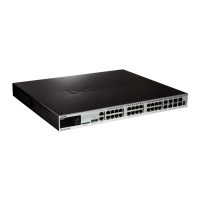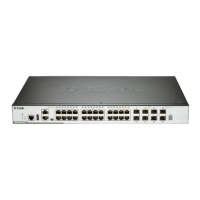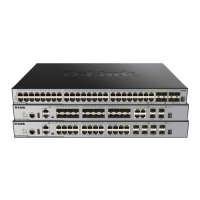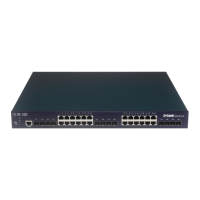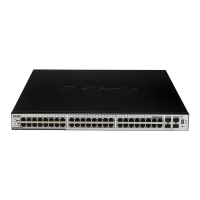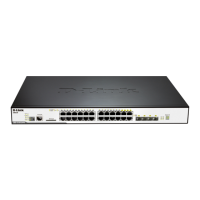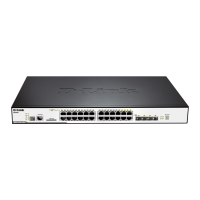xStack
®
DGS-3620 Series Layer 3 Managed Stackable Gigabit Switch Web UI Reference Guide
37
Figure 3-14 Loopback Interface Settings
The fields that can be configured are described below:
Parameter Description
Click the Find button to locate a specific entry based on the information entered.
Click the View All button to display all the existing entries.
Click the Add button to create a new entry.
Click the Delete All button to remove all the entries listed in the table.
Click the Edit button to re-configure the specific entry.
Click the Delete button to remove the specific entry.
Click the Add or Edit button to see the following window.
Figure 3-15 Loopback Interface Settings - Add/Edit window
The fields that can be configured are described below:
Parameter Description
Interface Name
The name of the loopback interface.
NOTE: The loopback ipif has the same name domain space with the regular ipif, so
its name can’t be a duplicate with the regular ipif.
Enter a 32-bit IPv4 address for the loopback interface.
Enter a subnet mask to be applied to the loopback interface.
Use the drop-down menu to enable or disable the loopback interface.
Click the Apply button to accept the changes made for each individual section.
Click the <<Back button to discard the changes made and return to the previous page.
Management Settings
Users can stop the scrolling of multiple pages beyond the limits of the console when using the Command Line
Interface.
This window is also used to enable the DHCP auto configuration feature on the Switch. When enabled, the Switch
is instructed to receive a configuration file from a TFTP server, which will set the Switch to become a DHCP client
automatically on boot-up. To employ this method, the DHCP server must be set up to deliver the TFTP server IP
address and configuration file name information in the DHCP reply packet. The TFTP server must be up and
running and hold the necessary configuration file stored in its base directory when the request is received from the
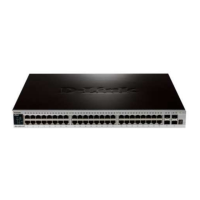
